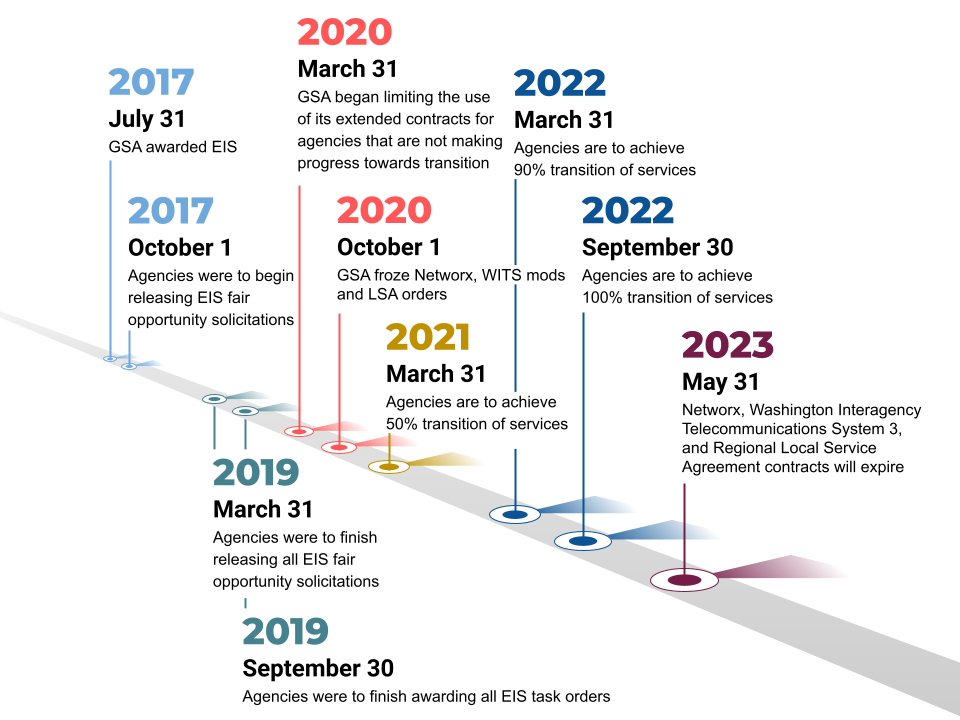The General Services Administration plays a pivotal role in streamlining the federal government’s acquisition of cutting-edge earth observation solutions. These systems provide a wealth of data and insights for tackling environmental challenges, driving scientific discovery, and supporting informed decision-making across numerous sectors.
What are earth observation solutions?
EOS encompass a wide array of technologies, including:
- Remote sensing through satellites and aerial imagery: acquiring visual and other sensor data that covers vast regions, enabling monitoring of changes in land use, natural disasters, and urban development.
- Ground-based sensor networks: Gathering real-time data on factors like air quality, soil moisture, and weather patterns.
- Geospatial data and analytics: Delivering sophisticated tools for interpreting, processing, and visualizing complex Earth-related information.
- Sensor data: Includes synthetic-aperture radar (SAR), LiDAR, and other sensor equipment and imaging technologies to gather information and provide analytics.
EOS in practical applications
EOS offer agencies various uses, including meeting public safety needs, enhancing military operations, and helping to predict and analyze natural disasters.
Managing flood risks
A federal agency responsible for flood risk management can use EOS to create and update floodplain maps.
High-resolution satellite imagery helps identify changes in land cover and elevation, which is crucial for mapping floodplains. LiDAR provides detailed three-dimensional data of the Earth’s surface, which supports floodplain modeling. Geographic Information Systems help integrate various data sources to create floodplain maps and visualizations.
Improved maps lead to better-informed decisions regarding flood insurance, building regulations, and community planning. Communities can develop targeted mitigation strategies and evacuation plans based on accurate flood risk information. These strategies can reduce flood damage and the impact of future floods.
Improving agricultural practices
EOS help support sustainable agricultural practices and optimize resource management. Satellite imagery and sensor data can provide insights into crop health, soil moisture, and land use patterns. SAR can map crop types and track their growth. This helps improve farm efficiency, allowing farmers to optimize resource allocation (water and fertilizer) based on real-time data on crop health and soil conditions.
Monitoring endangered species
EOS can help track endangered species and protect their habitats. High-resolution satellite imagery and aerial photography can monitor wildlife populations, habitat changes, and potential threats. Remote sensing data can track animal movement patterns and identify critical breeding and feeding grounds.
Using geographic information software, EOS can integrate various data sources to create habitat maps and support conservation planning. These efforts support species conservation efforts. Access to this real-time data allows for targeted interventions to protect endangered species and their habitats.
These case studies showcase the versatile nature of earth observation solutions and their profound impact across various federal agencies, contributing to environmental protection, resource management, public safety, and scientific advancement.
GSA’s role in streamlining EOS acquisition
GSA’s Multiple Award Schedule provides a centralized platform for government agencies to procure EOS products and services from pre-vetted vendors. GSA makes it easier for agencies to acquire earth observation products, services, and solutions by grouping geospatial data, knowledge, and analytics under one MAS Special Item Number. Currently GSA works with 91 EOS vendors to provide services to agencies. With such a large pool of vendors, agencies are able to get multiple competitive bids to get the best price for required services.
This approach offers several benefits:
- Simplified procurement: MAS streamlines the contracting process, saving agencies time and resources.
- Access to expertise: Agencies tap into a pool of qualified and experienced EOS providers.
- Cost savings: Pre-negotiated pricing and terms help speed up procurements, maximize value, and optimize spending.
- Data security and management: GSA helps agencies address standards for data integrity and protection.
The future of EOS
GSA continues to work with vendors to build relationships, understand their current capabilities, and gain awareness of future/emerging technology.
EOS will increasingly integrate with artificial intelligence, machine learning, and cloud computing, bolstering data analysis and decision-making capabilities. New use cases for EOS will emerge, addressing complex challenges across various sectors.
For contracting professionals, staying abreast of GSA’s EOS offerings is essential. Understanding these systems’ capabilities and potential applications across many sectors helps you support your agency’s mission and optimize limited resources.
How to Order:
Agencies can issue an RFI or RFQ through GSA eBuy using SIN 541370GEO.
Combine SINs to meet your requirements, or try a blanket purchase agreement to fill recurring needs easily. You can also set aside the requirement for one or more socio-economic categories, including but not limited to small businesses, veteran-owned businesses, and women-owned businesses.
GSA will continue to play a critical role in ensuring federal agencies have access to the most advanced and cost-effective solutions. For more information regarding the EOS program, please visit the EOS SIN 541370GEO page on the GSA website, or reach out to GSA’s EOS team at EOS@gsa.gov.
